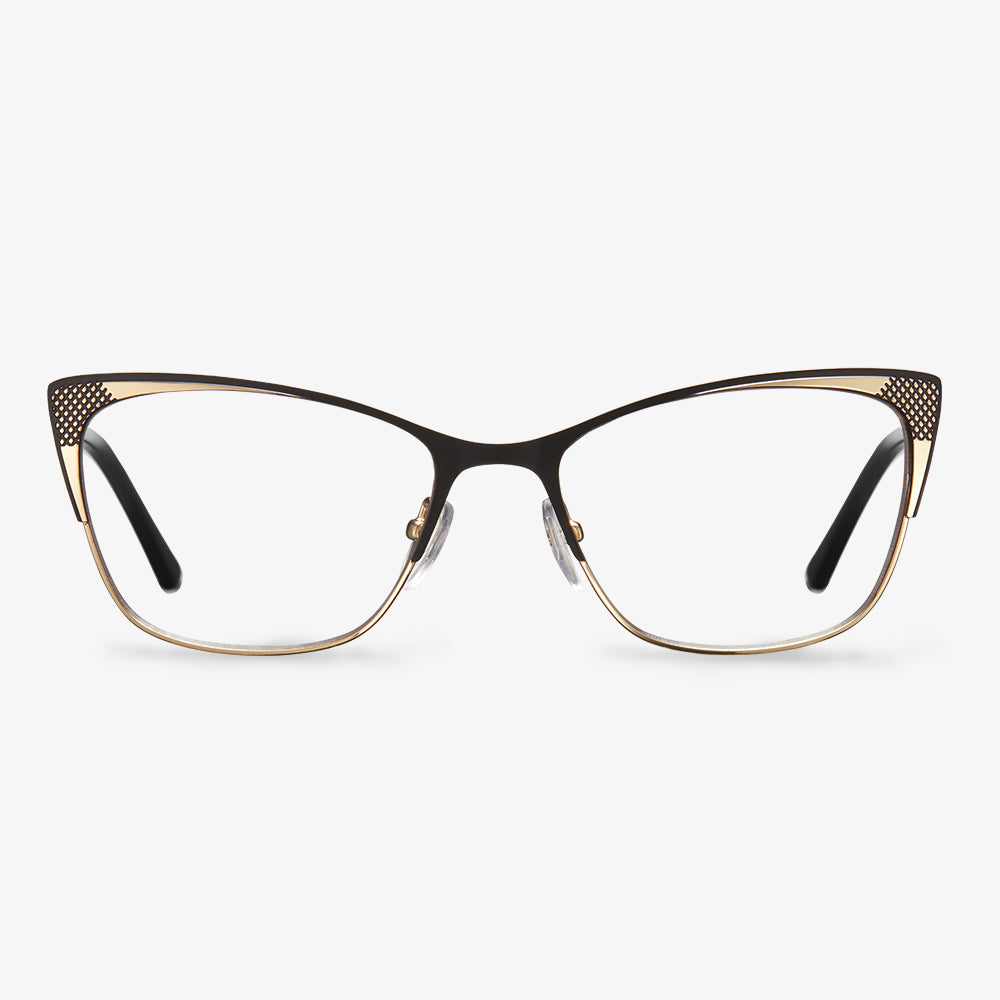How to Get Used to Progressive Lenses?
It is common that your vision may change when you are over age 40. You can find it is happening when have to hold your favorite book, the daily newspaper, or a restaurant menu farther away just to read it. This is an eye condition called presbyopia. It is normal and almost all of us get it as we reach middle age.
This eye condition often can be corrected by progressive lenses which allow you to see objects from far to near clearly. With progressive lenses, you do not have to switch your glasses to see far or near objects frequently.
However, since progressive glasses have three different prescriptions in one lens, it may be difficult for some people to adapt to the new ones. So, in this post, we will show you how to get used to progressive lenses.
Evolution of hard coating technology
The first generation of the use of hard coating technology began in the early 1970s, the quartz material is deposited on the surface of a resin lens under vacuum conditions, form a very hard anti-wear film. However, due to the mismatch between the thermal expansion coefficient and the film base material, it is easy to delaminate and crack the film. Instead, it forms the mottle on the surface of the lens, and the effect is not optimal.
The second generation of hard coating technology is the use of the 1980s. The surface of the resin sheet is coated with a material with high hardness and not easy to be brittle and cracked by an immersion process. At this time, anti-reflection coating lenses had appeared and gained the recognition of consumers, but the mismatch between adding hard coating and anti-reflection coating still caused serious lens wear.
The third generation of hard coating technology was developed in the 1990s, mainly in order to solve the problem of wear resistance after coating resin lenses with an anti-reflection film. The hardened material evolved into a polymer organic matrix material.
Fourth-generation coating technology is dominated by silicon atoms, in which the hardened solution contains both organic substrates. It contains inorganic ultrafine particles, including silicon elements, which make the hard coating not only tough but also hard.
Why do spectacle frames rust?
Before solving this problem, we can first understand the causes of rust spots on the frames and skin allergies due to rust spots. Many alloy products in daily life contain nickel, and direct contact with the skin will cause allergies to sensitive people. The temples and nose pads are the parts that contact the skin with a large area, especially the outer surface of the metal frame and the interior of metal containing a large amount of nickel. Through contact with the skin and erosion of sweat, the appearance of rust spots and skin allergies are caused. Once allergy occurs, it will cause contact dermatitides such as redness, swelling, itching, and yellow water on the surrounding skin.
What Are the Advantages of High-Index Lenses?
In this section, we will show you the advantages of high-index lenses.
- Thanks to the slim shape and narrow edges, high index lenses offer wearers the flexibility to choose from a wide array of fashion-forward frames. Their size means that they can be easily paired with sleek metal frames or incorporated into rimless eyewear for an attractive barely-there look.
- High index lenses are more comfortable for extended use because they are lighter than the traditional counterparts.
- High index lenses are available with many of the same options as traditional lenses. For example, they can be either single-vision or progressive.
- For users with strong prescriptions, high index lenses mean no bulky, bottle-glasses appearance. This can reduce the unwanted bug-eye look traditionally associated with very thick lenses.
However, there are some negative voices of high index lenses.
Is there a standard for lens material selection?
No, again, according to your needs and budget. The materials of lens mainly include glass and resin, among which resin materials are divided into thermoplastic materials and thermosetting materials, respectively represented by PC and CR39. Different from the lens frame, the lens market choice is more uniform. And in recent years, resin lenses do better and better, most people choose thermosetting resin lenses.
Men's clear glasses are a fashion item.
A clear glasses frame is not only for a schoolgirl. Clear and transparent design more feel cool and refreshing in scorching summer. At the same time, it will not cover the facial features too much, making the face more delicate and clean. Small pure and fresh picture frames tie in some of the clothes of literature and art naturally. Therefore, the scope of use of clear glasses is very limited, only suitable for fashionable men.
Basic principles of progressive lenses
The surface of the progressive slice is divided into five regions. There are far, middle, and near optical areas. They are respectively corresponding to see distant objects, middle distance objects in the near distance objects. One pair of glasses is multi-purpose. In appearance, it is not very different from regular lenses. There is no clear dividing line. Distal use area: The area above the progressive slice is the distal use area, which is used to correct the distal refractive error. Proximity area: from the matching lens cross down, the refractive power of the lens continuously increases the positive degree, which is used to see close objects. Gradient area: The channel connecting the far and near areas. It is an area of regular change from top to bottom, used for transitioning and seeing objects at intermediate distances. The length of the gradient is very important for the wearer's adaptation. The rate at which the degree of gradient changes is called gradient. The gradient can be uniform or variable. Peripheral area: Changes in the surface curvature of the lens will lead to aberrations in the peripheral areas on both sides of the lens, mainly astigmatism and prism effect, which will interfere with a vision to a certain extent, resulting in blurred vision or distortion. And it will affect the wearer's adaptation to the progressive lens.











































